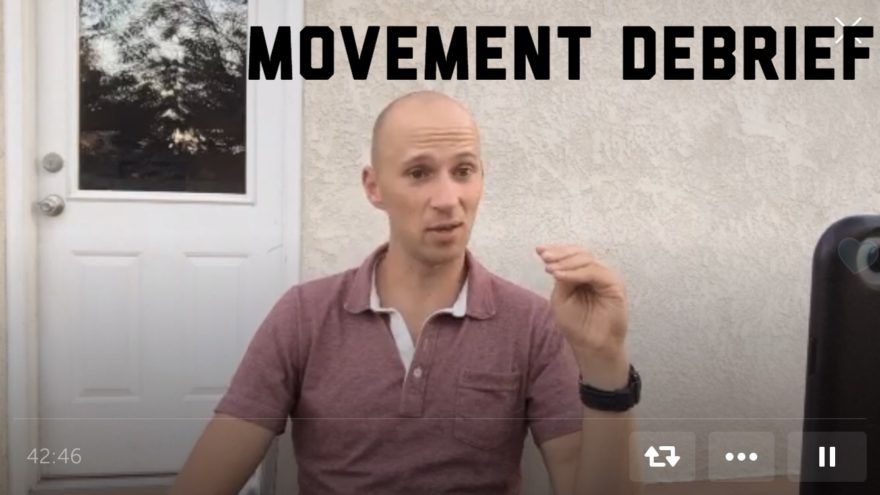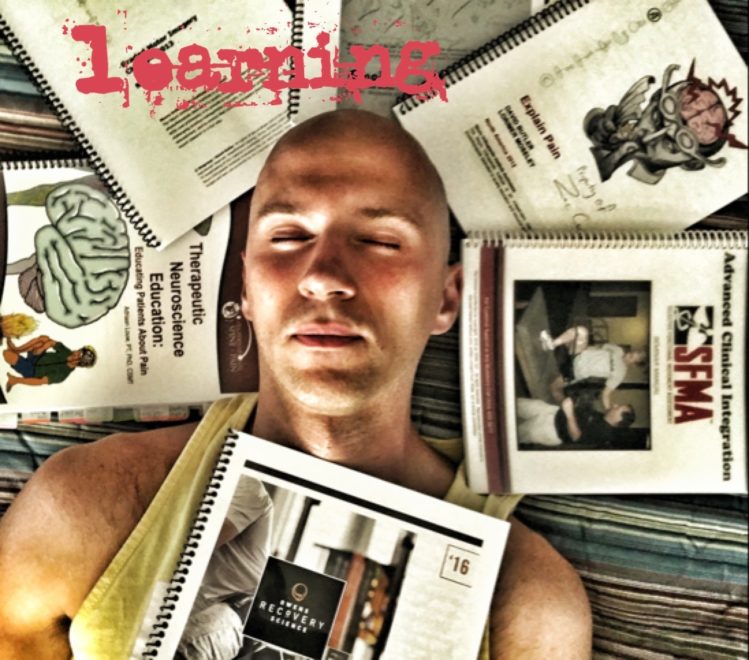Tag: The Sensitive Nervous System

Death of Vertical Tibia, Usain Bolt, Complex Patients, and More – Movement Debrief Episode 13
Movement Debrief Episode 13 yesterday involved quite a few rants. Must’ve been the ketones talking. Here’s what we talked about:…

Continuing Education: The Complete Guide to Mastery
75 That’s my number. No, not that number. 75 is the number of continuing education classes, conferences, home studies,…
9 weeks with Bane, I mean Zac…Oops Sorry Wrong CI
Note from Zac: This is my first guest post, and to start things up is the one and only Trevor…
The Post Wonderful Time of the Year: 2014 Edition
And That’s a Wrap It’s that time of the year that we get to look back and reflect and what…
PRI and Pain Science: Yes You Can Do It
Questions You may have noticed that my blogging frequency has been a little slower than the usual, and I would…
Course Notes: Therapeutic Neuroscience Education
How’s Your Pain How’s Your Pain How’s Your Pain How’s Your Pain? To purge onward with developing some semblance of…
Course Notes: Explain Pain
A Whirlwind I finally had the opportunity to meet my personal Jesus, David Butler, and learn the way that he…
The Year of the Nervous System: 2014 Preview
It’s All Part of the Plan And if you see my course schedule this year, the plan is indeed horrifying.…
The Post Wonderful Time of the Year: Top Posts of 2013
The Best…Around Time is fun when you are having flies. It seems like just yesterday that I started up this…
Course Notes: PRI Impingement and Instability
Soooooooooo Dense It has been a long, busy, and great few weeks for me. After attending a cluster of courses,…
Chapter 8: Method of Treatment: Systematic Progression
This is a Chapter 8 summary of “Clinical Neurodynamics” by Michael Shacklock. Let’s Treat the Interfaces The two main ways…
Course Notes: Mobilisation of the Nervous System
I Have an Addiction It seems the more and more that I read the more and more and read the…
Chapter 2: Specific Neurodynamics
This is a Chapter 2 summary of “Clinical Neurodynamics” by Michael Shacklock. Intro Specific neurodynamics include local effects of body…
The Sensitive Nervous System Chapter XV: Clinical Aspects of Neurodynamics
This is a summary of chapter XV of “The Sensitive Nervous System” by David Butler. Intro In this chapter we…
